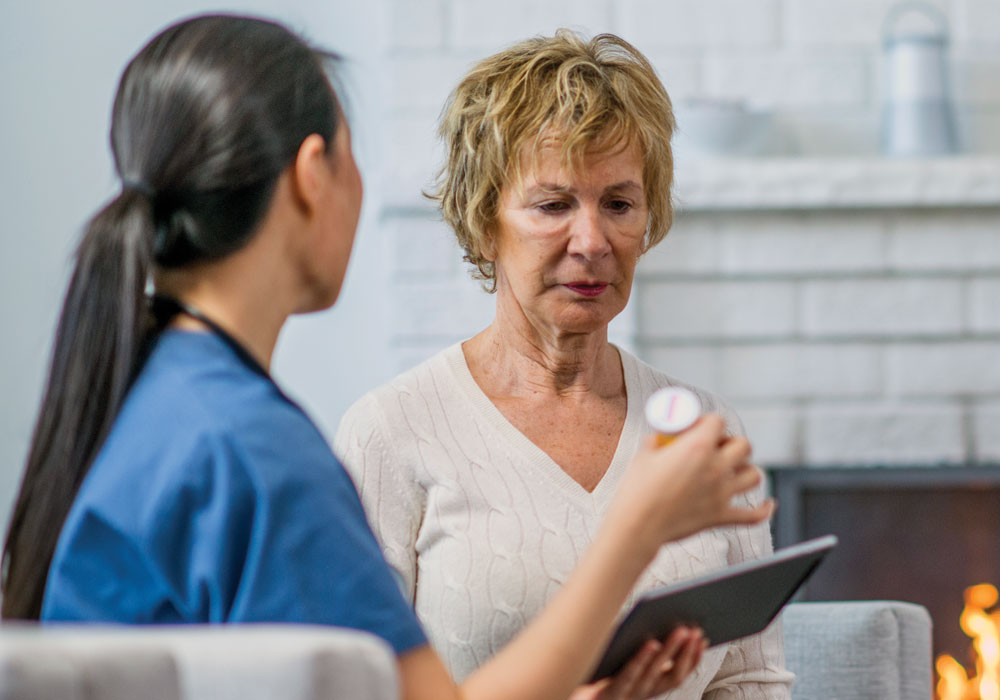Oral anticancer agents (OAAs) are often expensive, and ensuring that patients have the financial means to pay for the medication is the first important step to improving adherence rates. Each health system has a group of individuals, not technology, to manage access to financial assistance. Even if they can afford the therapy, however, patients often struggle to maintain oral adherence.

Medication adherence technologies like smart pill bottles and pills with internal sensors for tracking medication delivery are emerging. Although small studies show that the technologies improve adherence, we need to conduct more research in this area.
Healthcare agencies have significant opportunities to advance how they deliver information through the use of phone apps and electronic medical records (EMRs). Healthcare professionals can use mobile health technologies—such as phone calls, interactive voice response systems, and texts—to send reminders, alerts, education, and motivation about oral adherence. They can also use technology to gather information about symptoms and side effects, which can affect medication adherence. Some studies found a positive relationship between oral adherence and receiving text messages, and although mobile health is continuing to grow in popularity, evidence for efficacy is still limited.
Some EMRs contain a proportion days covered (PDC) measure, which ranges from 0.0–1.0 or 0–100, that indicates the percentage of days that a person has a medication in the home to take. With OAAs, however, PDC calculations can be flawed because of the complex regimens such as weeks on and off and dose changes because of side effects.
In clinical practice, we recommend asking patients about the reason for missed doses. This is a clinician’s chance to open the door for dialogue and investigate the reasons that a patient is nonadherent. The Michigan Oncology Quality Consortium offers resources like questionnaires for tracking oral adherence.
Routine follow-up between visits is generally needed for the first 30–60 days of treatment. At Michigan Oncology Quality Consortium, we recommend a follow-up via phone, email, or text at 10–14 days. This is an opportunity for clinicians to reinforce patient education, ask about oral adherence, and identify and remove barriers.
Together with oncology nurses, pharmacists provide patient education, determine adherence, and assess and support side effect management. Each practice must consider their workflow and staff to see how they can collaborate to support patients.






